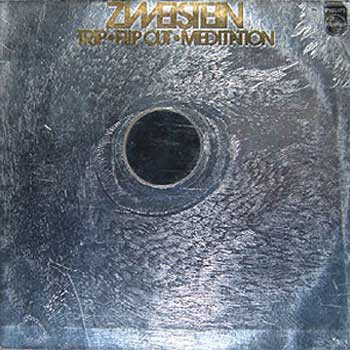In 1969 I got my first portable cassette recorder which was a
revolution for anyone at the time who wanted to record while travelling
without having to rent and "schlepp" expensive equipment such as a
nagra
tape recorder (which was widely used for professional field
recordings.)
This was not a walkman yet, the size was more like a lap top computer
but for me it was the most exciting device besides my 8-mm film camera,
which I took everywhere as well. Between 1962 - 1969 it was mostly my
guitar that was a continuous companion but now the cassette recorder
and
camera went everywhere with me as well.
My half sister Diane, who had just moved from Switzerland to Munich and
went to her last year of highschool (we graduate with a bachelor), and
I
experimented with psychedelics and went to see every avant garde
band/group that came to Munich. I was a quite established pop star in
Germany - hosting and moderating 2 popular TV shows with about 20
million viewers. I had several hit records under my belt and radio, TV
and press coverage from all over Europe. But I was kind of fed up with
the entire music industry, which was only interested in formula
entertainment and not interested in real creative art. Since I was a
child I was only interested in real art! Paintings, music, poems,
literature, Theater, film, photography and technology that could be
used
to create new artforms were always in the foreground of my field of
interest.
I was educated and trained in classical and modern music, had studied
ballet and grew up with the best Theater and film actors and directors
in Europe. My mother, a well known theater actress in Munich, was the
daughter of a silent movie actress and my father, a writer, art and
antique collector and para psychologist, had given me the opportunity
to
be educated in many artforms and since I was a multi talented person, I
just soaked it all up and created as much as I could...
|

|


